If you are looking for plants to design your garden, then be sure to take a closer look at barberry. It is difficult to find a plant more suitable for this purpose than the beautiful barberry. The breeders did a good job on him. There are just a huge number of all kinds of varieties and species.
There are dwarf species that grow only 20 - 30 cm above the ground. And there are also those that rise up to three meters. And the colors of the leaves simply amaze the imagination with their endless variety and richness of colors.
And with all this, he is also extremely unpretentious. This shrub easily tolerates our capricious, frosty winters. Almost all types of barberry are drought-resistant and undemanding to soil. And many still have beautiful, healthy fruits. But these fruits can only be used when they are well ripe. Planting and care This plant does not require any special knowledge or skills. It is very easy to grow. On this page, photographs are selected in such a way as to clearly show possible options for using this shrub in the design of gardens and parks.
How to use barberry in garden design
This shrub tolerates pruning easily and completely painlessly. Therefore, it is quite suitable for creating topiary forms.
Of course, creating real “green sculptures” is a rather painstaking task and not every person can cope with it.
But even a simple curly haircut can give a hedge a completely original look. Giving a bush the shape of a ball or trapezoid is not at all difficult,
and such figures look quite original. Usually they are located either along the paths or at the entrance to the house. You can use barberry in garden design almost anywhere. It is perfect for growing hedges. The photo shows one of these fences.
This plant can be used to grow tall, free-growing hedges quite easily.
And neatly trimmed, very graceful borders. A beautiful bush, photo in an autumn park.
Barberry borders, photos of which you see, can serve a variety of functional purposes - dividing an area into zones, highlighting garden paths, and so on.
Dwarf varieties of Thunberg barberry look very picturesque on alpine hills.
Young barberry bushes, photo on an alpine hill. This shrub is ideally combined with stone placers of hills and rockeries
Apparently because he came to us from the mountain peaks of China and Japan.
Barberry fits quite harmoniously into flower beds and flower beds. Most often it serves as a background there.
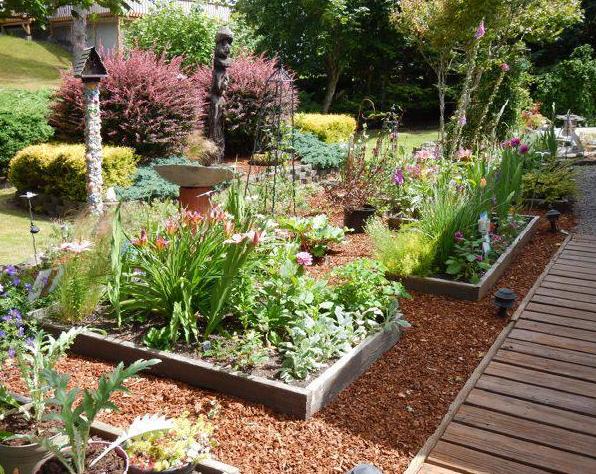
You can always find a place for barberry in the garden, but you should not plant several bright, variegated bushes nearby. It is better to use contrasting colors.
In group plantings, barberry can be either a dominant plant or an edge.
Which covers the lower part of a taller plant. For example, thuja or juniper, with which it goes very well. In the photo, the barberry is precisely the edge; this technique is often used in garden design.
This bush also looks good on a green lawn; it simply enlivens it with its bright and elegant appearance.
If you decide to use barberry in your garden design, do not forget to use thick gloves.
After all, our handsome guy has very sharp thorns. The shrub, the photos of which you looked at, is one of the most popular plants used in landscape design.
YOU CAN ALSO READ:
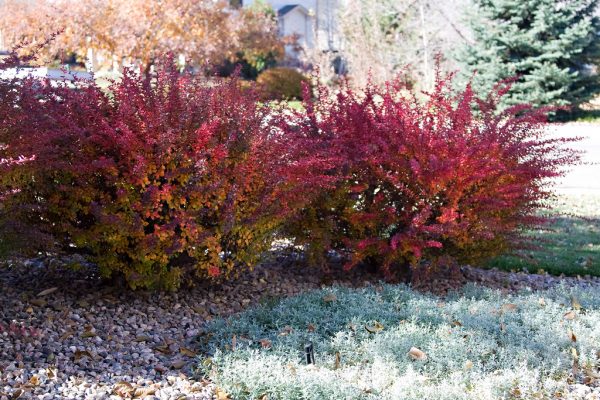
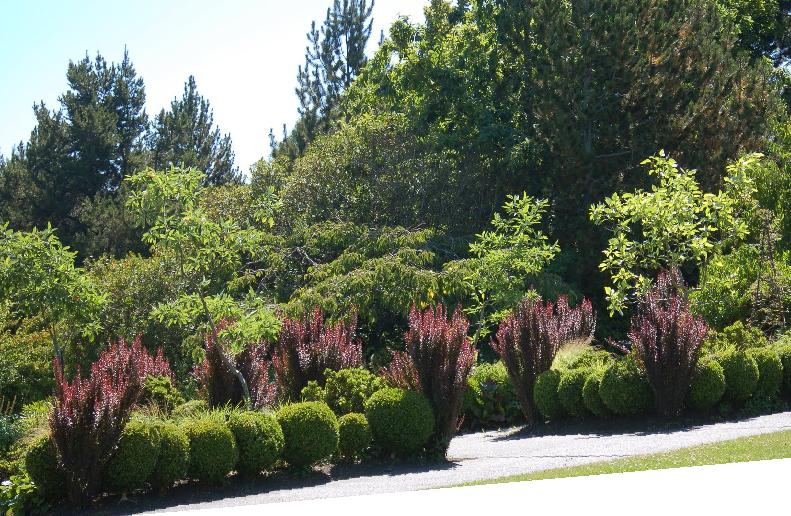
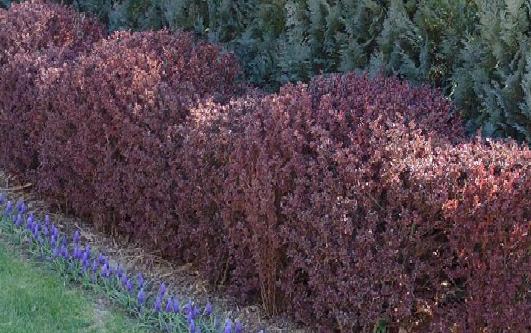
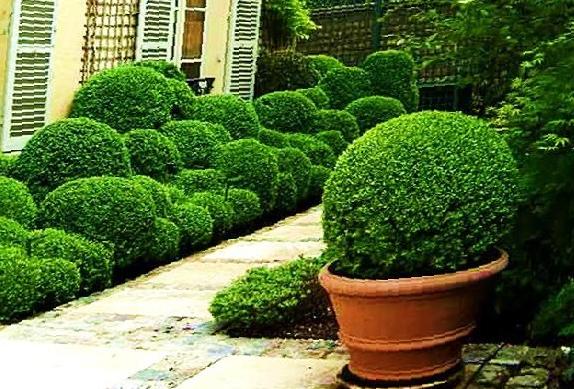
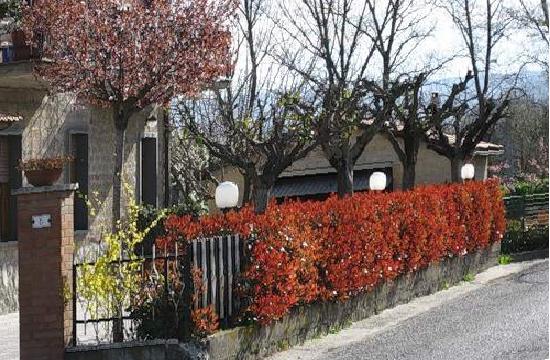
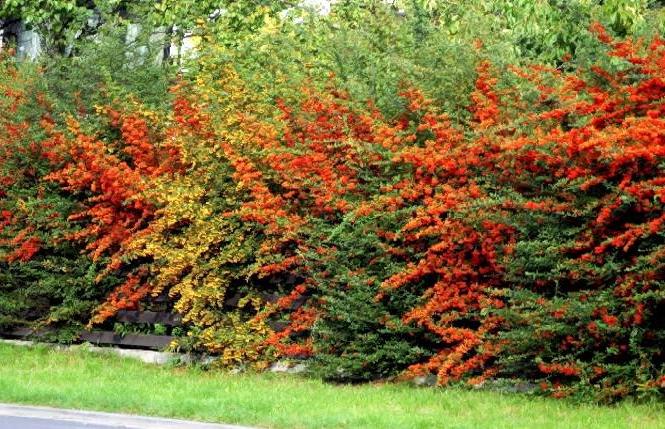
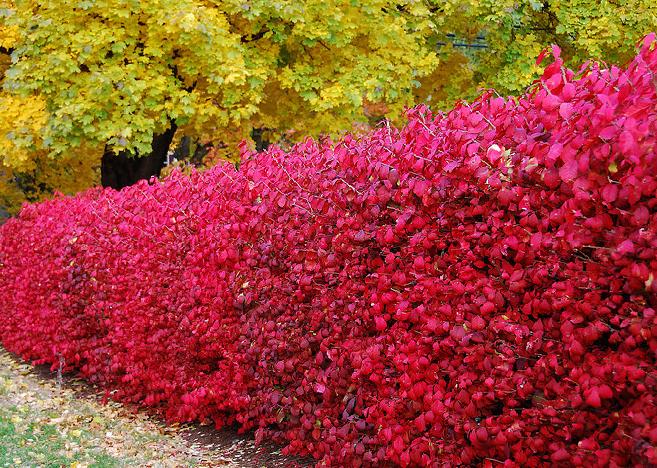
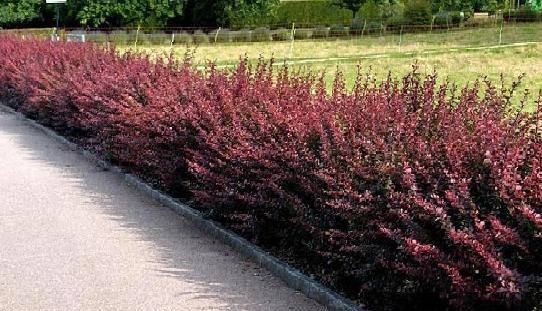
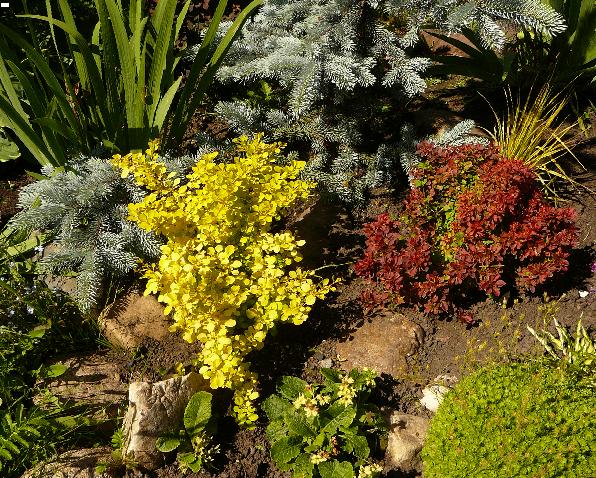
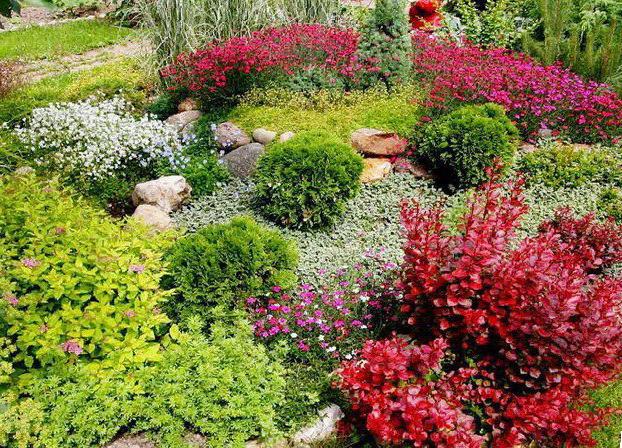
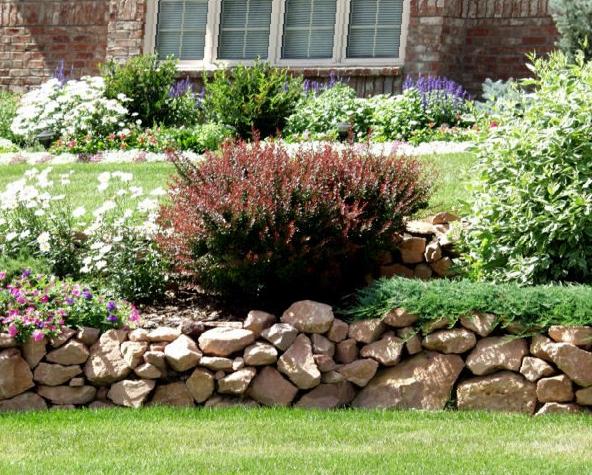
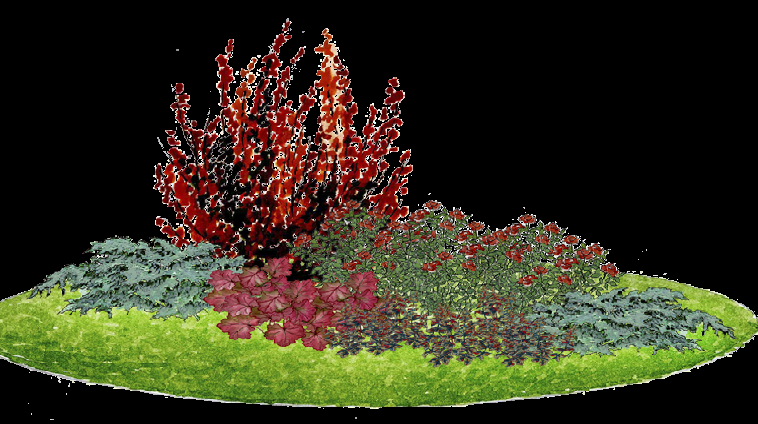
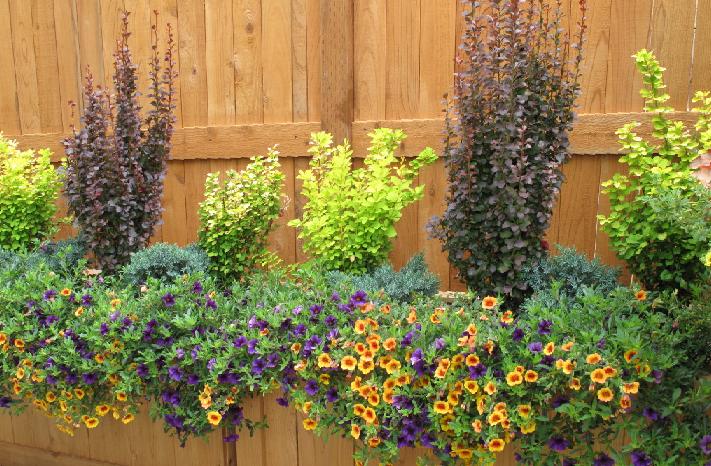
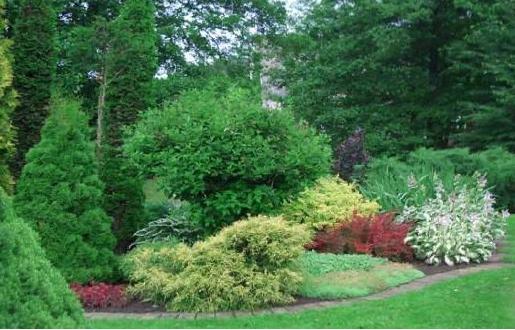
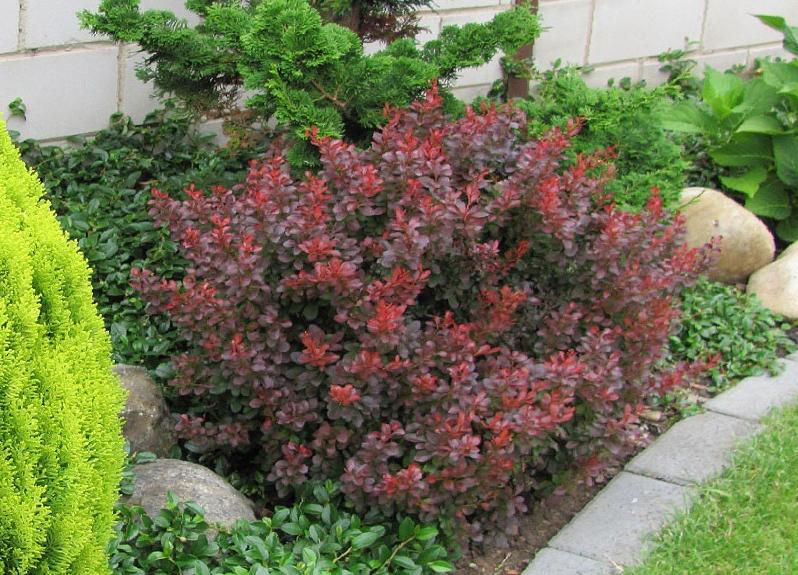
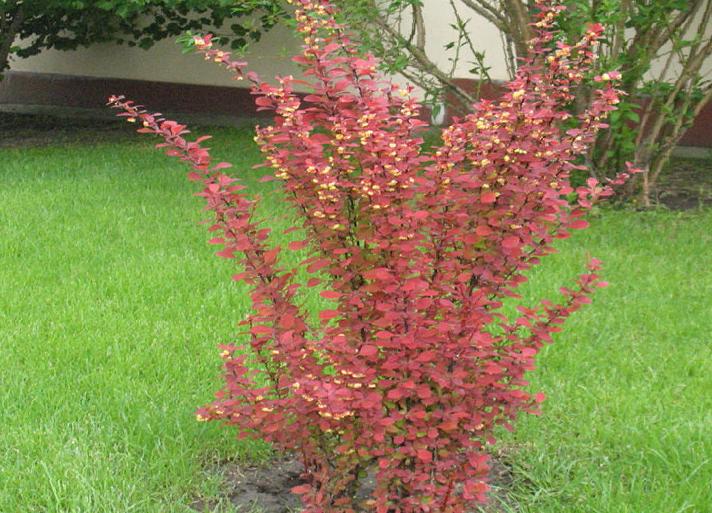



 (3 ratings, average: 3,67 out of 5)
(3 ratings, average: 3,67 out of 5) CUCUMBERS NEVER GET SICK, I'VE BEEN USING ONLY THIS FOR 40 YEARS! I SHARE A SECRET WITH YOU, CUCUMBERS ARE LIKE THE PICTURE!
CUCUMBERS NEVER GET SICK, I'VE BEEN USING ONLY THIS FOR 40 YEARS! I SHARE A SECRET WITH YOU, CUCUMBERS ARE LIKE THE PICTURE! You can dig a bucket of potatoes from each bush. Do you think these are fairy tales? Watch the video
You can dig a bucket of potatoes from each bush. Do you think these are fairy tales? Watch the video
 How our fellow gardeners work in Korea. There is a lot to learn and just fun to watch.
How our fellow gardeners work in Korea. There is a lot to learn and just fun to watch. Eye trainer. The author claims that with daily viewing, vision is restored. They don't charge money for views.
Eye trainer. The author claims that with daily viewing, vision is restored. They don't charge money for views. A 3-ingredient cake recipe in 30 minutes is better than Napoleon. Simple and very tasty.
A 3-ingredient cake recipe in 30 minutes is better than Napoleon. Simple and very tasty. Therapeutic exercises for cervical osteochondrosis. A complete set of exercises.
Therapeutic exercises for cervical osteochondrosis. A complete set of exercises. Which indoor plants match your zodiac sign?
Which indoor plants match your zodiac sign? What about them? Excursion to German dachas.
What about them? Excursion to German dachas.
My friends have Thunberg barberry growing on a hill.It has the coloring of a tropical plant. I admire this bush all the time. This fall I will definitely buy and plant one for myself.
Modern technologies make it easy to create a small piece of wildlife outside your window.
That is, you don’t have to go to the forest or abroad to be near a river or waterfall and breathe pine air. All this can be done at home, and with your own hands. You are your own boss, come up with a design yourself and bring it to life yourself. If you want a hill, build a hill, if you want a river, dig a river, if you want a fountain, put a fountain, if you want a tree, plant a tree, etc.
This barberry is prickly. Just right for hedges.
Barberry is of course a thorny plant, but it can be used in garden design in many ways, not just in hedges. Roses are also all covered in thorns, but they grow in almost every garden!
I am very surprised why such a wonderful plant as barberry is so little used in ornamental gardening. I think the point here is not the thorns, but the inertia of our thinking. We are used to planting lilacs everywhere.